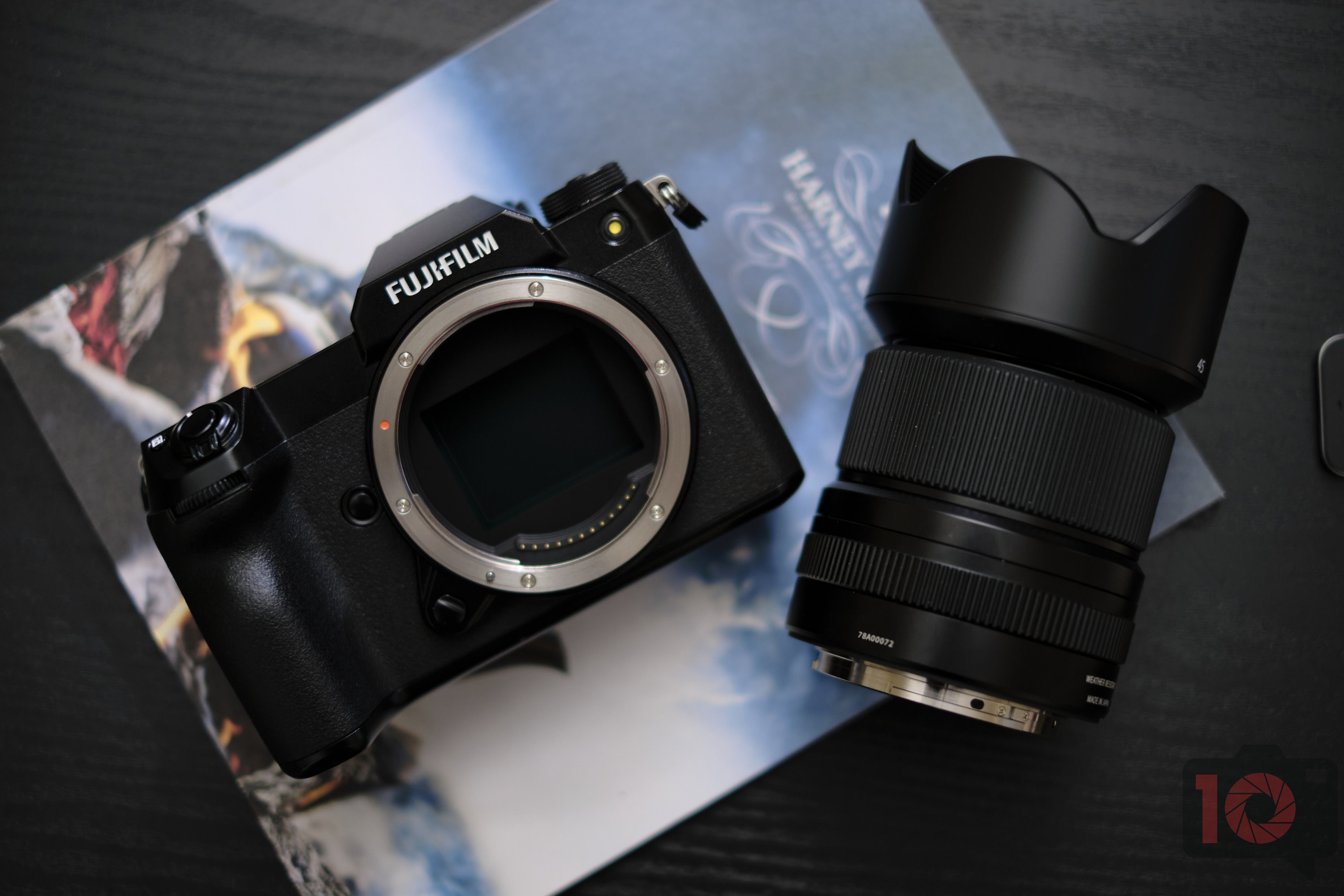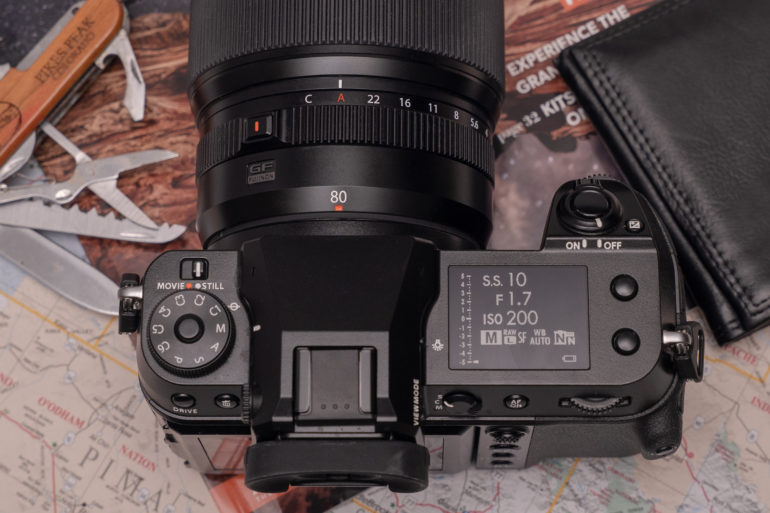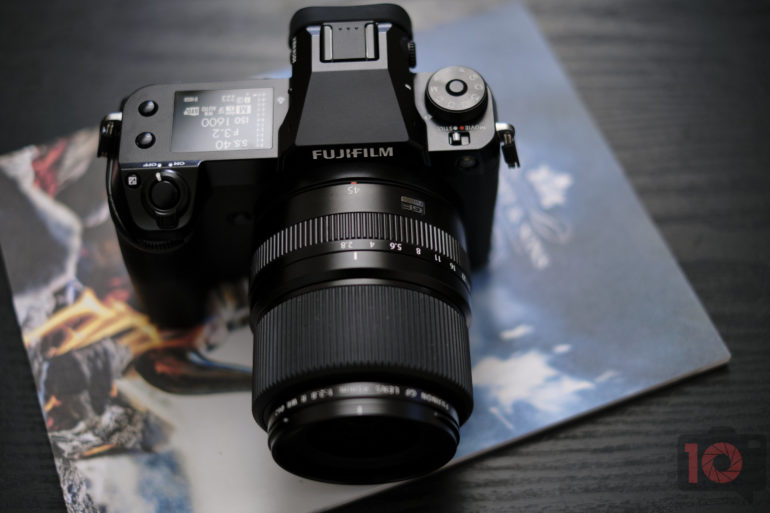For more articles like this, be sure to please subscribe to The Phoblographer.
There have been times I’ve considered buying a medium format camera. Mostly, I’ve looked at the Fujifilm GFX series of cameras. But I’ve also really liked the old Leica S cameras with a CCD sensor. In 2021 though, the medium format camera world is very quiet. Phase One has some very high megapixel DSLRs that we hear nothing about. Hasselblad has some DSLRs and mirrorless cameras, but the latter misses the mark. Leica has a medium format camera system, but there isn’t much development for it. So the only viable possibilty is Fujifilm. What’s more, the company often says that it is their future.
The Traditional Benefits of Medium Format Over 35mm Full Frame
Let’s state a fact; film and analog photography have been around far longer than digital. To this day, there is no single photographer that has had a lifelong career only shooting digital. It hasn’t been around long enough. So why did photographers in the past reach for medium format over 35mm film?
- Image quality: 120 film offered a variety of formats. There wasn’t a major benefit at 645, but at 67 format, the difference was massive. These differences aren’t exactly available with modern-day options, at least with Fujifilm. Full 645 sensors are the biggest we can go for commercial shoots. In fact, Fujifilm GF format isn’t even 645 sized.
- Depth of field and distortion: Traditionally, if you wanted a shallower depth of field at a given focal length, you’d go with medium format. With a 67 format, you could shoot pretty wide and get little in focus. That’s changed over the years, though. With that said, distortion has also been highly correctable with medium format. We haven’t even started to talk about all that’s possible with modern-day software.
- Printing larger: Back in the day, we printed a whole lot. These days, we don’t. Most images end up being seen on our phones or on computer monitors. Even then, modern-day full frame-digital is more than good enough for digital screens.
The Modern Benefits of Medium Format Over 35mm Full Frame
So what’s the benefit of modern-day medium format cameras over 35mm full-frame?
- Distortion: On average, there’s still better distortion control with medium format vs. full frame.
- Colors: Fujifilm colors are some of the best. But they’re not using an XTrans sensor, they’re putting it all in the processor. The modern full-frame just can’t match it.
- Dynamic range: Modern-day GF has more megapixels and more details than what full-frame offers. With a lot of work in post-production, full-frame can match GF format.
- High ISO Output: ISO 6400 on GF format is much cleaner than full frame. You can theoretically fix this in post-production.
Is It Worth it?
Truthfully, it seems like GF format makes sense for anyone who wants to do a lot of post-production. Personally, I’m not always that guy; I already spend enough time in front of a computer screen. However, there are some who think the magic of a photo must be made in post-production. The bottom line is that modern cameras give you so much power, and that power is amplified by the 10th degree with medium format.
I think modern-day Medium Format needs to not just catch up to full-frame, but surpass it. The Fujifilm GFX100S has fantastic image quality and autofocus (check out our review). But it’s also large.
In conclusion, I think modern-day medium format is indeed better than full frame. But I don’t know how long that advantage will exist. And I think Fujifilm GF format needs to go even further.




